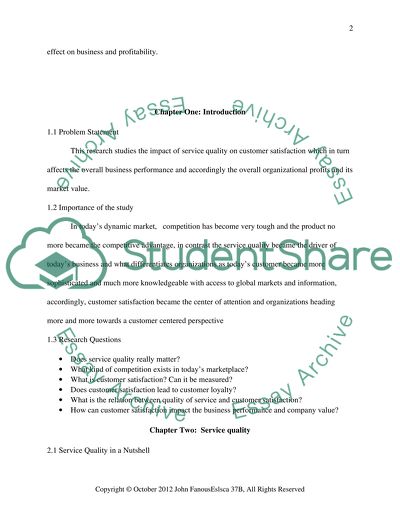Cite this document
(“Service Quality and Customer Satisfaction Research Paper”, n.d.)
Retrieved from https://studentshare.org/marketing/1402117-service-quality-and-customer-satisfaction
Retrieved from https://studentshare.org/marketing/1402117-service-quality-and-customer-satisfaction
(Service Quality and Customer Satisfaction Research Paper)
https://studentshare.org/marketing/1402117-service-quality-and-customer-satisfaction.
https://studentshare.org/marketing/1402117-service-quality-and-customer-satisfaction.
“Service Quality and Customer Satisfaction Research Paper”, n.d. https://studentshare.org/marketing/1402117-service-quality-and-customer-satisfaction.


